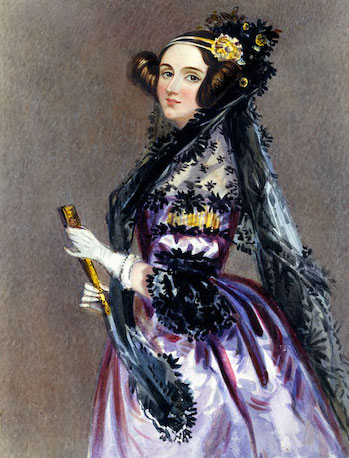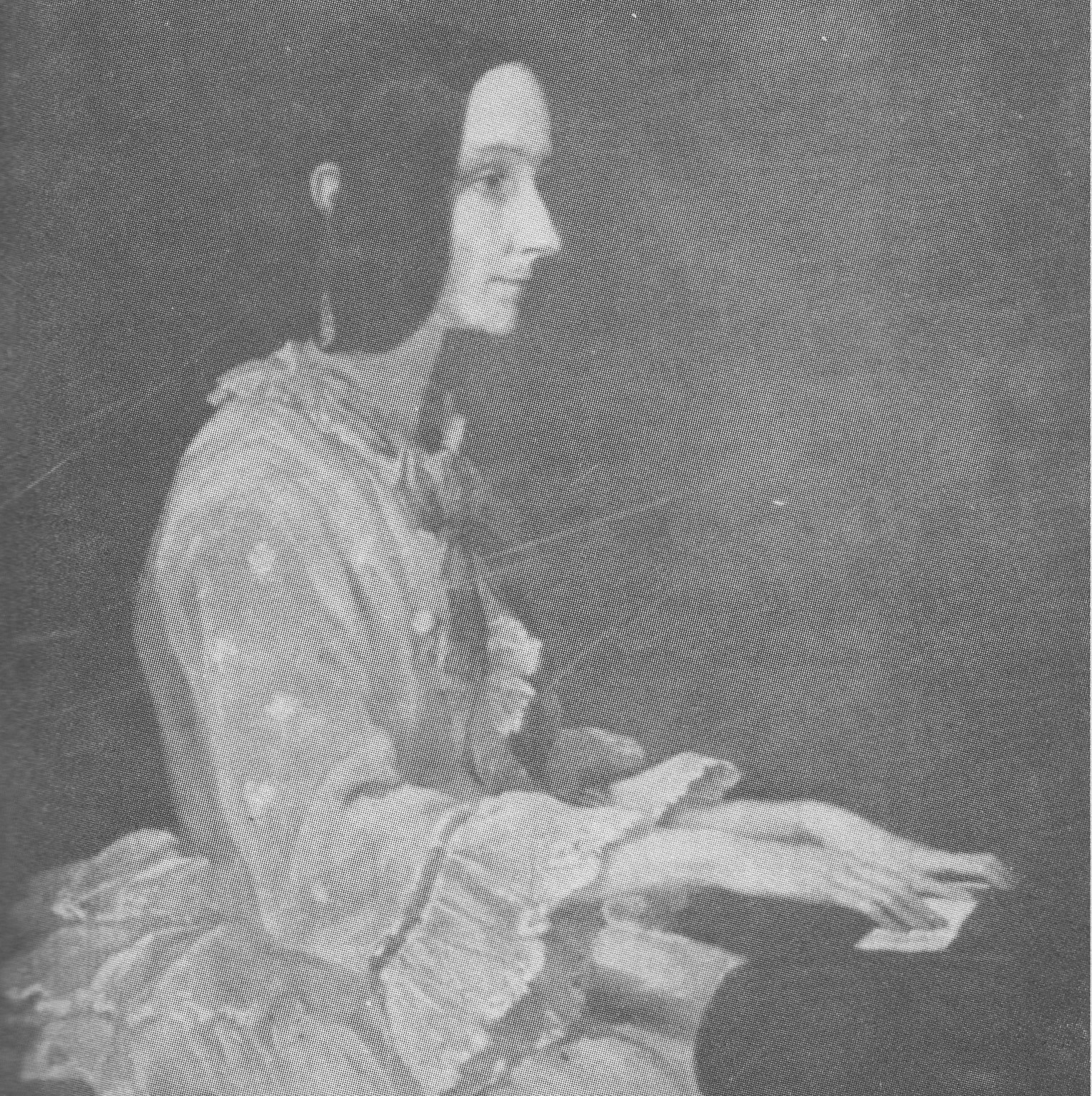
For decades Ada Lovelace has been a symbol of women’s involvement in computer science and science in general. Today she is widely acknowledged for being the first person - woman or man - to recognize the computing power of machines could go well beyond mere calculations, able to solve complex problems.
Exactly 175 years ago - in 1842 - Ada described what is widely accepted as the world’s first computer program. What led her to that discovery was a rich, though short, life that, in its challenges, offers timeless and inspiring lessons for women of all ages and generations.

It is hard to overstate today the difficulties Ada encountered throughout her life. Her father, the Romantic poet Lord Byron, left Ada and her mother when she was just 3 months old - and himself died 8 years later, never knowing his daughter. Ada’s life was forever tinted by her mother’s resentment toward Byron and, by association, toward Ada herself.
Ada battled chronic illness in her childhood: headaches impacted her vision starting at age 8; measles resulted in temporary paralysis at 14; and she required crutches to walk for years following. Ada was nonetheless able to advance her studies in mathematics, and by age 17 her then-tutor, the renowned British mathematician Augustus De Morgan, suggested to her mother that Ada could become "an original mathematical investigator, perhaps of first-rate eminence.”
At age 12 Ada decided she wanted to fly. More than a childish pipedream, she methodologically investigated the principles of flight, potential materials to enable flight, and the anatomy of birds. In the course of her research she suggested use of a steam engine for flying.
That level of ambition propelled Ada throughout the rest of her life, consistently thinking well beyond her time. In addition to her well-known ideas on computers, Ada also theorized about a mathematical model able to capture the workings of the human brain.

Being a woman in the predominantly male science community of her time, Ada never showed signs of discomfort. More than that, she embraced what she saw as a different way of thinking and promoted the use of intuition, imagination and poetry in mathematics. Ada described her approach as “poetical science.”
In her work Ada brought a new perspective inspired by her interests and observations. For example, her very idea that machines could manipulate not just numbers but things, letters or musical notes came from her study of mechanical looms of textile machines that used punchcards to direct the weaving of beautiful patterns.
Throughout her life Ada was surrounded by a circle of talented friends who helped advance her knowledge. Her close circle included the inventor of the stereoscope, Charles Wheatstone; the discoverer of electromagnetic induction and electrolysis, Michael Faraday; and the author Charles Dickens. One of her closest friends was the inventor, mathematician and “father of the computer” Charles Babbage, who played a significant role in advancing her research. Ada’s own groundbreaking ideas about computing were expressed in reaction to Babbage’s proposed machine, the Analytical Engine.